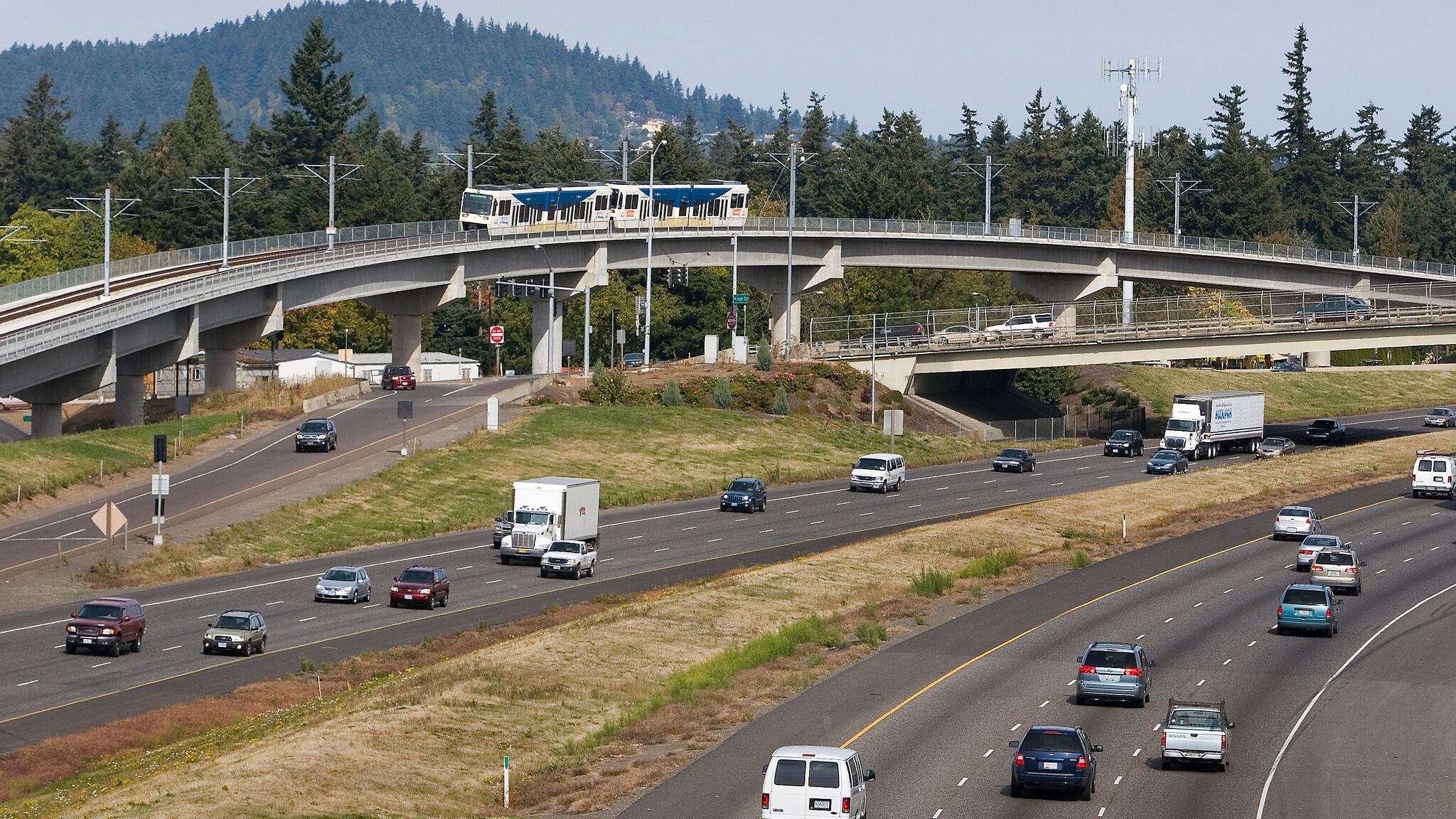This week, the Legislature's Joint Committee on Transportation Preservation and Modernization rolled out an ambitious plan to spend $8.2 billion in new tax money on Oregon's roads, which seem to be increasingly congested, and its bridges, which are just plain old.
Over the past year, the Transportation Committee went around the state, soliciting ideas and building support for a proposal that is a top priority for Gov. Kate Brown, legislative leadership and Oregon's business community.
The biggest elements of the package announced May 8 address bottlenecks in the metro area: $450 million to adjust I-5 near the Rose Quarter; the same amount to widen I-205 in Clackamas County and fix the Abernethy Bridge on 205; and $98 million for the parking lot known as Highway 217.
Lawmakers are asking for a gas tax hike, registration fee increase and a 1 percent tax on new motor vehicles, among other mechanisms, to raise the $8.2 billion over the next decade.
Underpinning the request for $8.2 billion are many assumptions. It's hard to quibble with the notion that aging bridges need replacement around the state. But other assumptions, many that seem intuitive, don't neatly fit available facts.
For instance, the Power Point that accompanied the committee presentation on May 8 included this assertion: "Growing population means more traffic."
That seems to make sense, yet figures from the Oregon Department of Transportation show that the broadest measure of road use—total vehicle miles traveled in Oregon—peaked in 2004 and did not reach that same level again until 2015.

During that same period, from 2004 through 2015, Oregon's population increased by 12 percent, adding more than 430,000 people without increasing the number of vehicle miles traveled.
The presentation also makes what seems like a common-sense connection between economic growth and congestion, saying that part of the goal of the package is to "support economic expansion i.e. commuter and vehicle movement."
But Oregon's economy grew tremendously from 2004 through 2015. One measure of that economy—total personal income—grew from $112 billion in 2004 to $176 billion in 2015. That's an increase of 57 percent over a period in which total vehicle miles traveled showed essentially no net growth.
Portland economist Joe Cortright, a longtime ODOT critic, says the agency and its allies are like generals fighting the last war rather than adapting to a new reality.
"Economic expansion isn't constrained in any meaningful way by traffic congestion," Cortight says via email. "We grew strongly—and considerably faster than the nation—at a time when our VMT was decreasing."
Cortright and others have also long argued that creating more capacity—by widening I-5 at the Rose Quarter, for instance, or widening I-205 in Clackamas County—will simply cause people to drive more, a concept known as "induced demand."
"There's zero evidence that spending money on freeway widening will have any material effect on traffic congestion," Cortright says.
